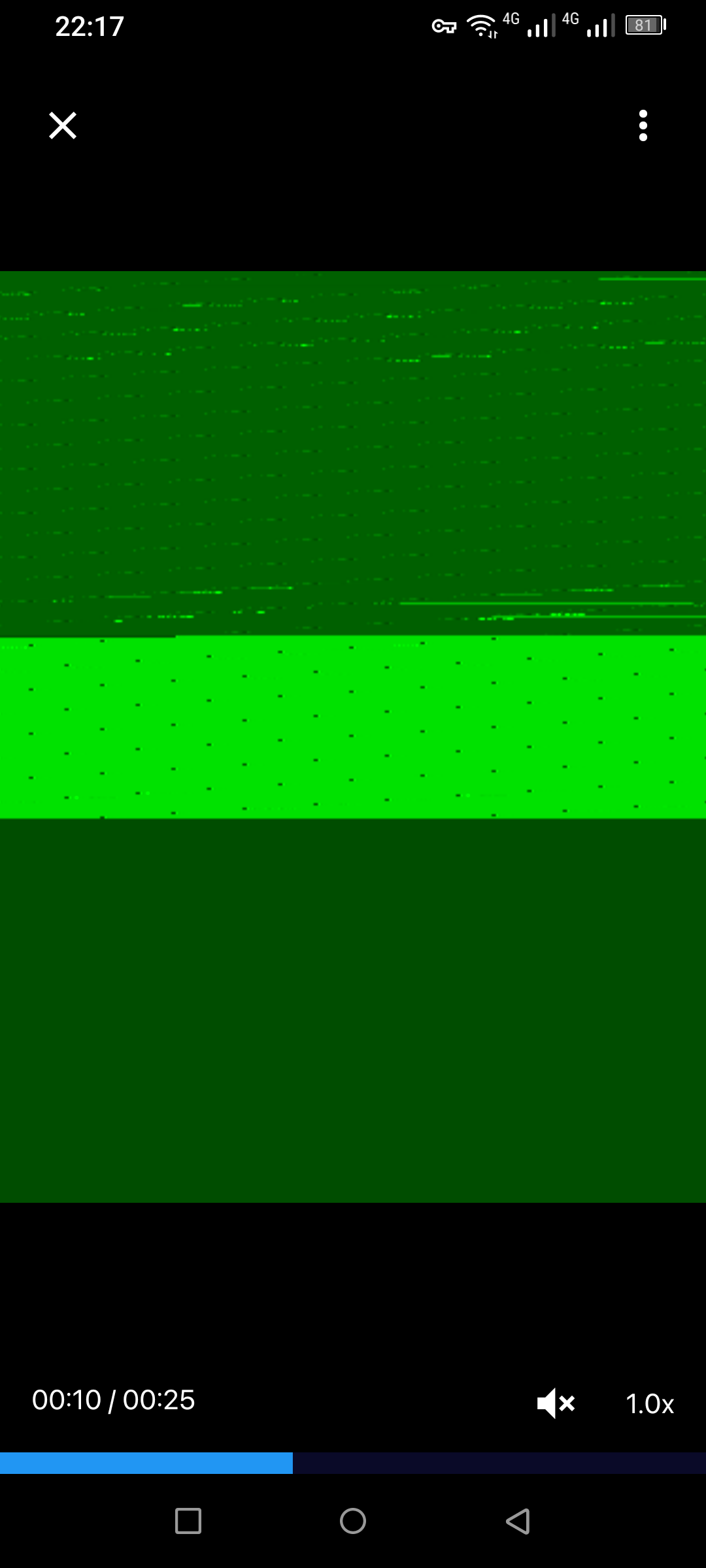

That name was straight copied from
the site that should not be named
r*ddit
And the phrasing was intentional.


That name was straight copied from
r*ddit
And the phrasing was intentional.


But it’s very convenient! When you have a BSOD, you don’t need your core dumped, you simply unplug your DRAM+ and send it to Microsoft using paper mail.


It’s way less expensive for state-sponsored hackers to blackmail your country’s official to leak backdoor keys than try to break the unbreakable crypto using a nuclear-powered GPU farm.


Saving arbitrary metadata is the exact use case for pickle module, you just put it together with your numpy array into a tuple. jpeg format has support for storing metadata, but they are an afterthought like .mp3 tags, half of applications do not support them.
I can imagine multichannel jpeg to be used in photo editing software, so you can effortlessly create false-color plots of your infrared data, maybe even apply a beauty filter to your Eagle Nebula microwave scans.


What, pickle.dump your enormous Numpy array not good enough for you anymore? Not even fancy zlib.compress(pickle.dumps(enormousNumpyArray)) will satisfy you? Are you a scientist or a spectral data photographer?


Yup. Now we have long-range WiFi filling that niche.


They split off from Google.
They are not using satellites, they shine a lazer from one fixed tower to another, with range about 20 km.


That’s because the article that started the whole argument tried very hard to present an expected behavior for embedded chips as a security hole.


Should have used three spreadsheets. Excel tends to run slowly when a spreadsheet has more than a million cells in it.


There was no mention of over-the-air exploit, so eh.


Anyway, having direct unprivileged R/W access to platform memory is indeed a security hole, no matter the vendor.
It is not. ESP32 is an embedded chip with less than one megabyte of RAM. It cannot run apps or load websites with any malicious code, it only runs the firmware that you flash on it, nothing else, and of course your firmware has full access to every chip feature. If your firmware has a security hole, it’s not the chip’s fault.


Tech companies spend effort on a FOSS project when either it’s their main product, or when they have no choice, it’s licensed under GPL and there are no BSD or Apache-licensed alternatives. Contributions are usually done by individual employees in their after-hours time, and most managers see it as directly benefitting their competition.


Other companies provide nothing, so it’s definitely better than average.


It’s ultimately a question of money. Older guys with software engineering degrees and fancy salaries can spend their weekends doing free community service in the form of open-source development. Younger people have to worry about job and rent and bills, they simply don’t have that kind of free time.
Add to that the growing complexity of the software. Something that could be done by an university student before, like writing an OS from scratch, won’t be nearly as useful as it would in the '90-s, because it was already done before, now you have multiple OSes to choose from. And joining an existing software project is hit-or-miss, some are inclusive and some are an old boy club where you need to know the secret rules.


I think your videocard is about to die.



I have switched from XTerm to Konsole only a year ago.


What kind of statistics do you expect? Evaluating the financial situation of everyone who crossed the border would be complicated, if not illegal. The last census in Ukraine was done in 2001, we don’t even know the total population number, we can only estimate.


From acquaintances and colleagues who left Ukraine in 2022.


Many of these people have an apartment or other property left in Ukraine. There’s an incentive to return. And not everyone can learn a new language.
Is 300 nm the diameter of the optical cable? This terminology breaks my brain, 300 nm is 1000 terahertz, which is unreasonably large for a signal bandwidth, it’s like one milllion Ethernet cables.